Yogyakarta temples embody centuries of spiritual devotion and historical brilliance in the heart of Java. These magnificent structures, carved in stone by skilled ancient architects, offer a window into Indonesia’s rich cultural heritage and religious traditions. From towering Hindu complexes to serene Buddhist sanctuaries, each temple tells its unique story through intricate carvings, mystical inscriptions, and awe-inspiring architecture. Whether you are a devoted pilgrim, a history enthusiast, or a curious traveller seeking inspiration, the temples of Yogyakarta provide an unforgettable journey into the past. Discover these timeless marvels and experience the enduring legacy of ancient Java.
Top 10 Yogyakarta Temples In Indonesia
1. Prambanan Temple
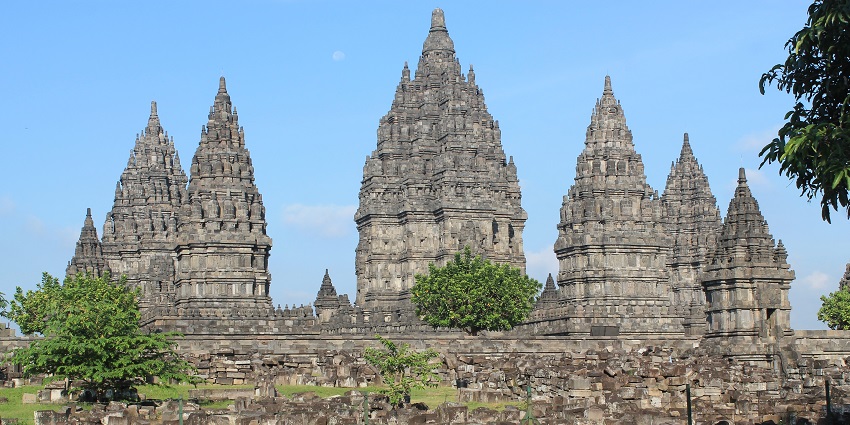
Photo: manggaliretno368 / Wikimedia Commons
Prambanan Temple is an iconic Hindu temple complex that is a masterpiece of ancient Javanese architecture in Yogyakarta. Built in the 9th century, it is dedicated to the Trimurti of Brahma, Vishnu, and Shiva. The temple’s soaring spires and intricate carvings reflect spiritual devotion and artistic brilliance. Surrounded by lush greenery and majestic volcanic landscapes, Prambanan offers visitors a glimpse into a vibrant past. Guided tours reveal fascinating legends and historical insights while the serene ambiance inspires contemplation. A UNESCO World Heritage Site, it remains a living testament to Indonesia’s rich cultural legacy. A visit here is truly unforgettable.
Major Attractions: Soaring spires, intricate carvings, lush volcanic views
Location: Yogyakarta, Indonesia
2. Sewu Temple
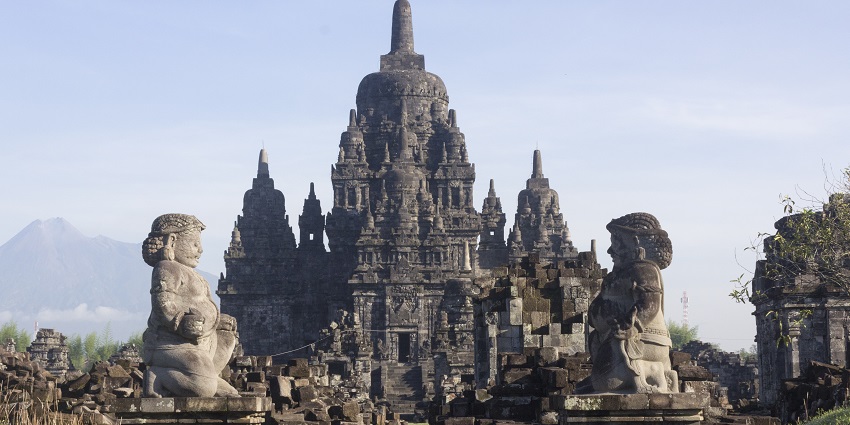
Photo: Crisco 1492 / Wikimedia Commons
Sewu Temple is a grand Buddhist temple complex located near Prambanan in Yogyakarta, renowned for its expansive layout and remarkable design. Constructed in the 9th century, it features a series of colonnaded halls and sanctuaries dedicated to Buddhist deities. Its harmonious architecture and tranquil ambiance provide a stark contrast to the bustling modern city. Visitors can explore expansive courtyards and admire detailed reliefs that depict ancient legends. As one of the largest structures in Indonesia, Sewu Temple stands as a symbol of devotion and excellence.
Major Attractions: Expansive halls, detailed reliefs, tranquil ambience
Location: Near Prambanan, Yogyakarta, Indonesia
3. Lumbung Temple

Photo: Jakub Hałun / Wikimedia Commons
Lumbung Temple is a modest Buddhist shrine nestled within the Prambanan complex in Yogyakarta. Renowned for its delicate stone carvings and simple yet captivating design, the temple offers a peaceful retreat from the grandeur of its neighbors. Its intricate reliefs and inscriptions provide insight into ancient Buddhist traditions and local artistry. The tranquil environment encourages meditation and quiet reflection, making it a cherished destination for visitors seeking spiritual solace. A visit to Lumbung Temple enriches the soul with calm artistry indeed.
Major Attractions: Delicate carvings, serene atmosphere, ancient inscriptions
Location: Within Prambanan complex, Yogyakarta, Indonesia
4. Candi Sari
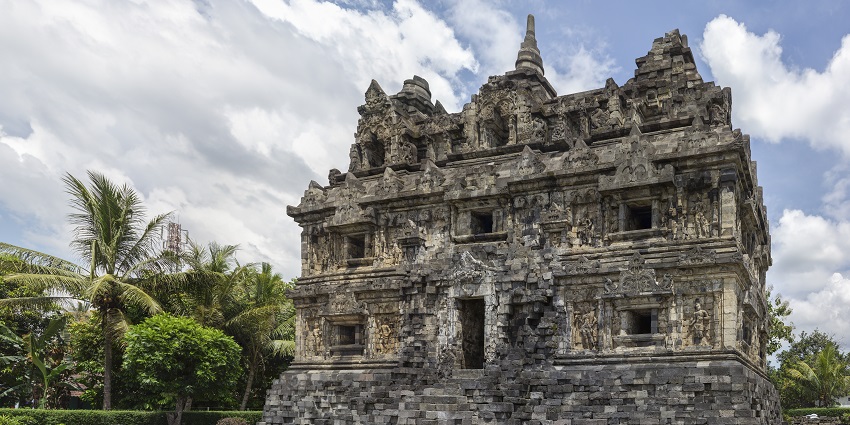
Photo: Crisco 1492 / Wikimedia Commons
Candi Sari, also known as the royal bathing temple, is an exquisite structure within the Prambanan complex. Built in the 9th century, it features elegant stone carvings and a series of interconnected chambers that once served as a bathing and relaxation area for royalty. The temple’s harmonious design and intricate reliefs narrate mythological tales and reflect refined craftsmanship. Its tranquil setting invites visitors to contemplate the artistic and spiritual traditions of ancient Java. An absolute timeless marvel to behold indeed.
Major Attractions: Royal bathing chambers, elegant carvings, mythological reliefs
Location: Prambanan complex, Yogyakarta, Indonesia
5. Ratu Boko
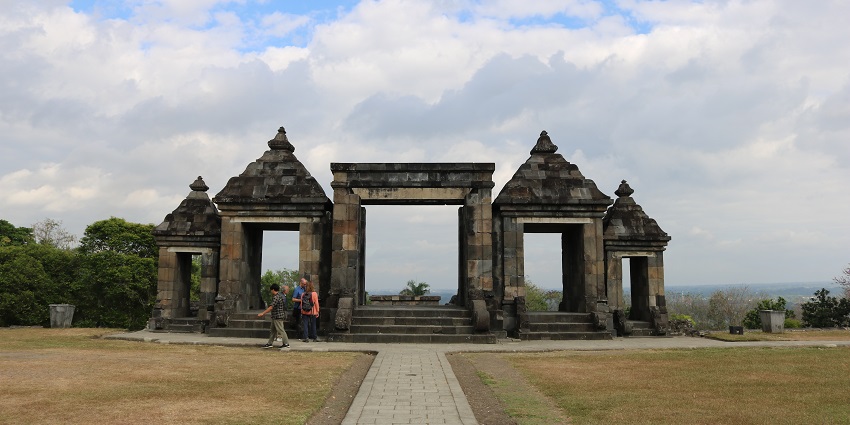
Photo: M Yusril Mirza / Wikimedia Commons
Ratu Boko is an ancient palace complex with temple ruins perched on a hilltop overlooking Yogyakarta. Although primarily a royal retreat, its ruins include temples, bathing pools, and courtyards offering breathtaking panoramic views. The site exudes mystery and romantic allure, especially at sunset when the sky is ablaze with colour. Historical remnants speak of a glorious past and invite visitors to imagine life in ancient times. Ratu Boko stands as a symbol of Javanese heritage and provides a unique blend of history and natural beauty that enchants all who visit.
Major Attractions: Hilltop ruins, panoramic views, historic ambience
Location: Yogyakarta outskirts, Indonesia
6. Kalasan Temple
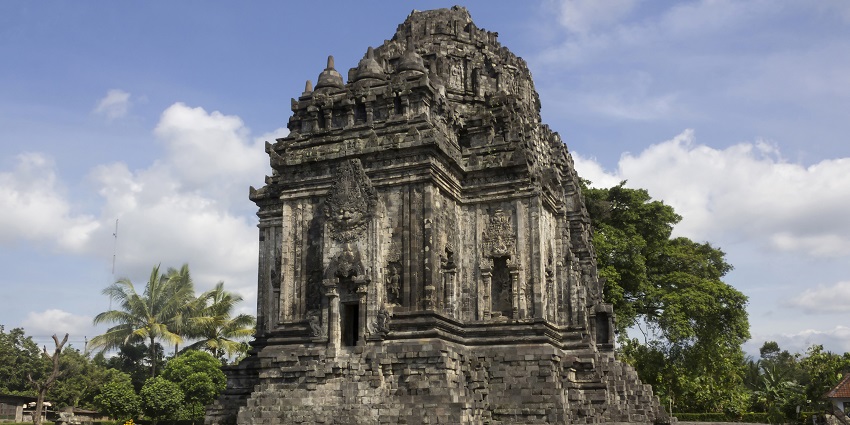
Photo: Crisco 1492 / Wikimedia Commons
Kalasan Temple is an ancient monument in Yogyakarta that exemplifies early Javanese religious architecture. Built-in the 8th century, this temple is dedicated to Buddhist deities and showcases intricate stone carvings that reflect its spiritual significance. The temple’s compact design and detailed reliefs narrate stories of ancient rituals and devotion. Surrounded by lush gardens, Kalasan Temple provides a peaceful setting ideal for reflection. Its enduring beauty and historical importance make it a treasured site among Yogyakarta temples. A magical spiritual journey awaits.
Major Attractions: Intricate carvings, serene gardens, spiritual heritage
Location: Kalasan village, Yogyakarta, Indonesia
7. Plaosan Lor
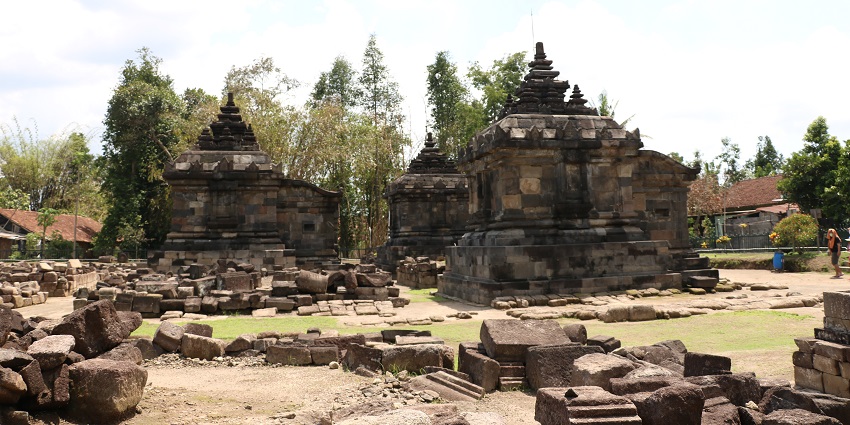
Photo: M Yusril Mirza / Wikimedia Commons
Plaosan Lor is a distinguished Buddhist temple within the greater Plaosan complex near Yogyakarta. Celebrated for its vibrant reliefs and harmonious architectural design, this temple captivates visitors with its depiction of mythological narratives and religious symbolism. The elegant carvings and delicate details highlight the sophisticated craftsmanship of ancient Javanese builders. Its peaceful atmosphere provides a perfect setting for meditation and cultural exploration. Plaosan Lor is an essential destination for those seeking to understand the depth of Buddhist art and tradition in the region, offering an inspiring window into the past.
Major Attractions: Vibrant reliefs, elegant design, cultural symbolism
Location: Near Prambanan, Yogyakarta, Indonesia
8. Plaosan Kidul
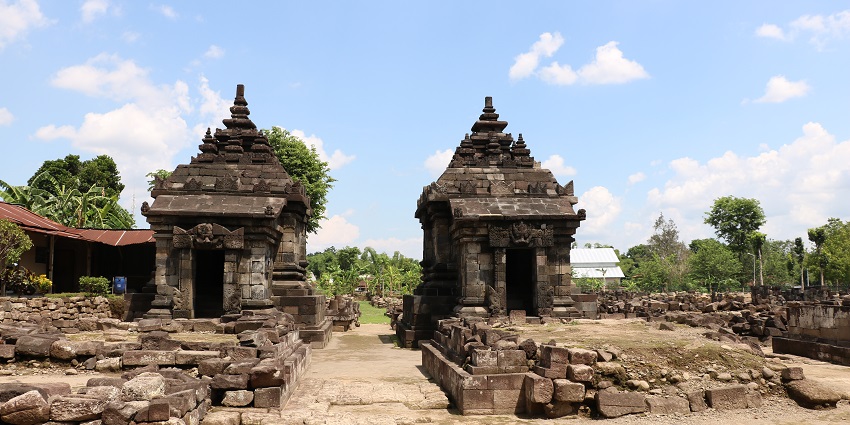
Photo: M Yusril Mirza / Wikimedia Commons
Plaosan Kidul represents the southern section of the historic Plaosan temple complex in Yogyakarta. Known for its serene and modest design, it complements the grandeur of Plaosan Lor with subtle beauty. The temple’s stone carvings depict ancient legends and provide insight into the region’s Buddhist traditions. Its tranquil ambience, enhanced by natural surroundings, invites visitors to experience a deep sense of calm and introspection. Plaosan Kidul is celebrated for its rich heritage and the delicate balance of art and spirituality that defines ancient Javanese temple architecture. A perfect serene escape.
Major Attractions: Subtle carvings, serene ambience, rich Buddhist heritage
Location: Near Prambanan, Yogyakarta, Indonesia
9. Candi Bubrah
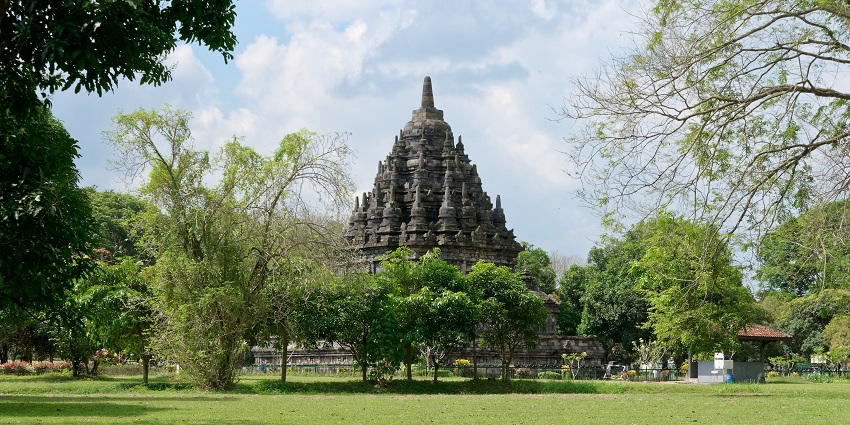
Photo: Jakub Hałun / Wikimedia Commons
Candi Bubrah is a lesser-known temple in the vicinity of Prambanan that offers visitors a quiet retreat into ancient artistry. Renowned for its intricate stone carvings and delicate reliefs, the temple reflects a unique blend of religious influences and refined craftsmanship. Its modest scale and serene environment provide a contemplative atmosphere ideal for quiet reflection. Historical inscriptions and artistic motifs reveal stories of ancient rituals and cultural exchanges. A visit to Candi Bubrah enriches one’s understanding of early Javanese heritage and serves as a peaceful complement to more monumental sites in the region. A hidden gem to cherish.
Major Attractions: Intricate reliefs, historical inscriptions, peaceful ambience
Location: Near Prambanan, Yogyakarta, Indonesia
10. Candi Jawi
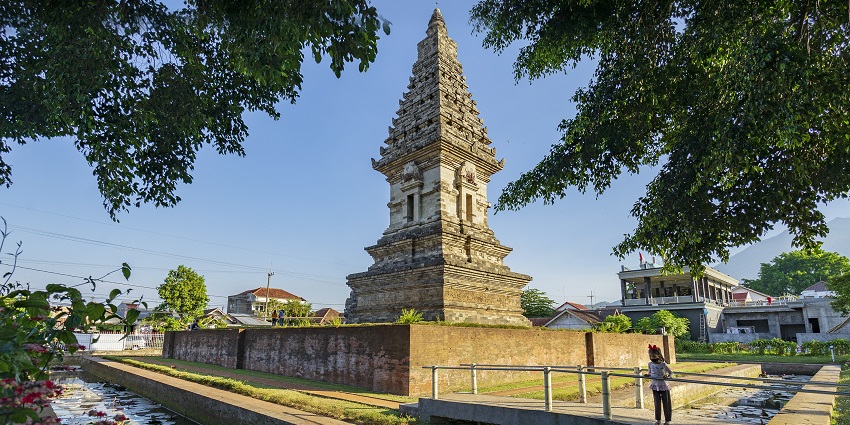
Photo: Irsam24 / Wikimedia Commons
Candi Jawi is an ancient temple located in the heart of Central Java near Yogyakarta. Known for its unique architectural style and rich historical inscriptions, it offers visitors insights into early Javanese civilization. The temple’s serene ambience and intricately carved stone reliefs depict mythological stories and cultural traditions passed down through centuries. Its modest structure belies the significant heritage and artistic achievements of ancient builders. A visit to Candi Jawi is a journey into the spiritual and historical roots of the region, providing a deep connection to the legacy of Javanese temple architecture. Truly timeless marvel.
Major Attractions: Intricate reliefs, historical inscriptions, unique temple design
Location: Near central Yogyakarta in Central Java, Indonesia
Yogyakarta temples provide a captivating journey into the spiritual and cultural heart of ancient Java. Each temple in this list reveals a unique facet of religious tradition and artistic excellence that has endured through the centuries. From the majestic spires of Prambanan to the serene sanctuaries of lesser-known shrines, these monuments invite visitors to explore intricate carvings and timeless legends. They embody the fusion of devotion, art, and history, offering an immersive experience that enriches the soul. Discover the profound legacy of Yogyakarta temples and be inspired by the enduring beauty of ancient Indonesia with TripXL.
Cover Photo: Jakub Hałun / Wikimedia Commons


 WhatsApp
WhatsApp
 Twitter
Twitter









